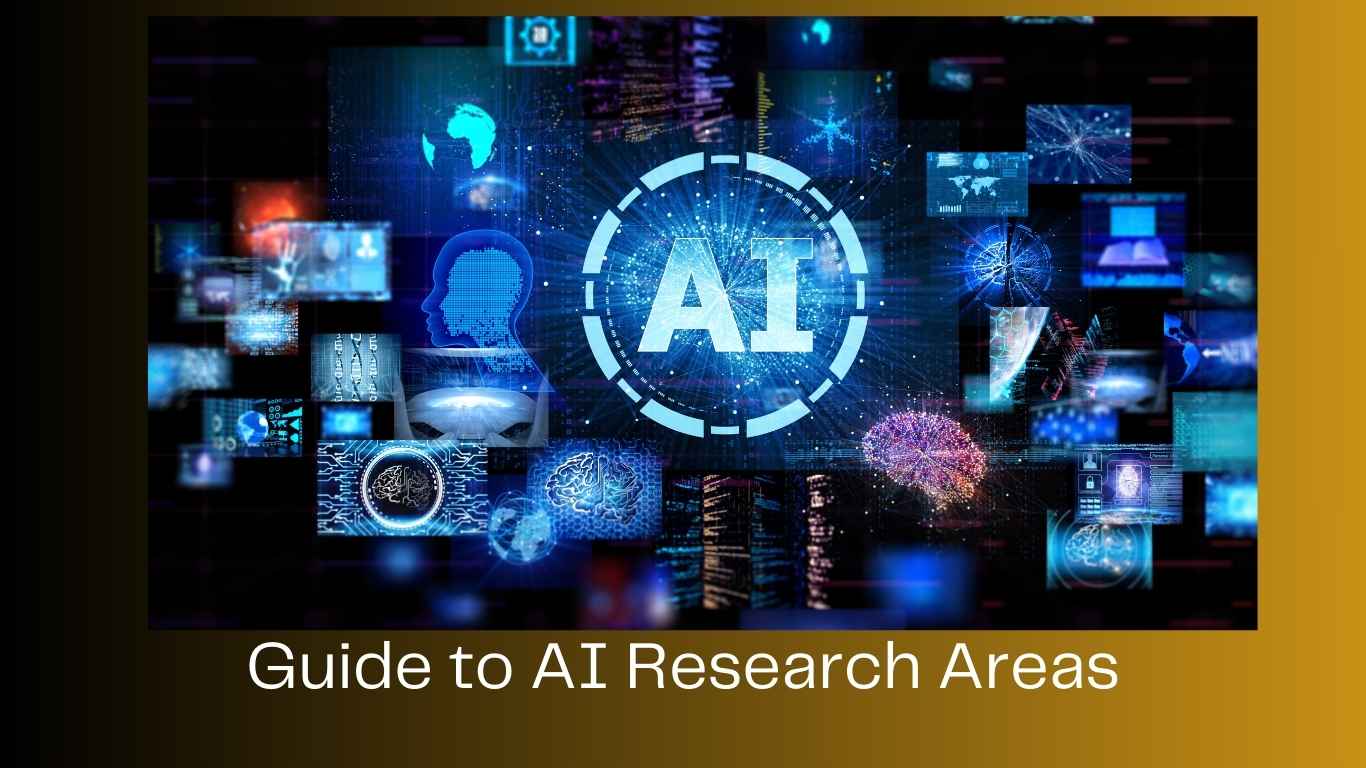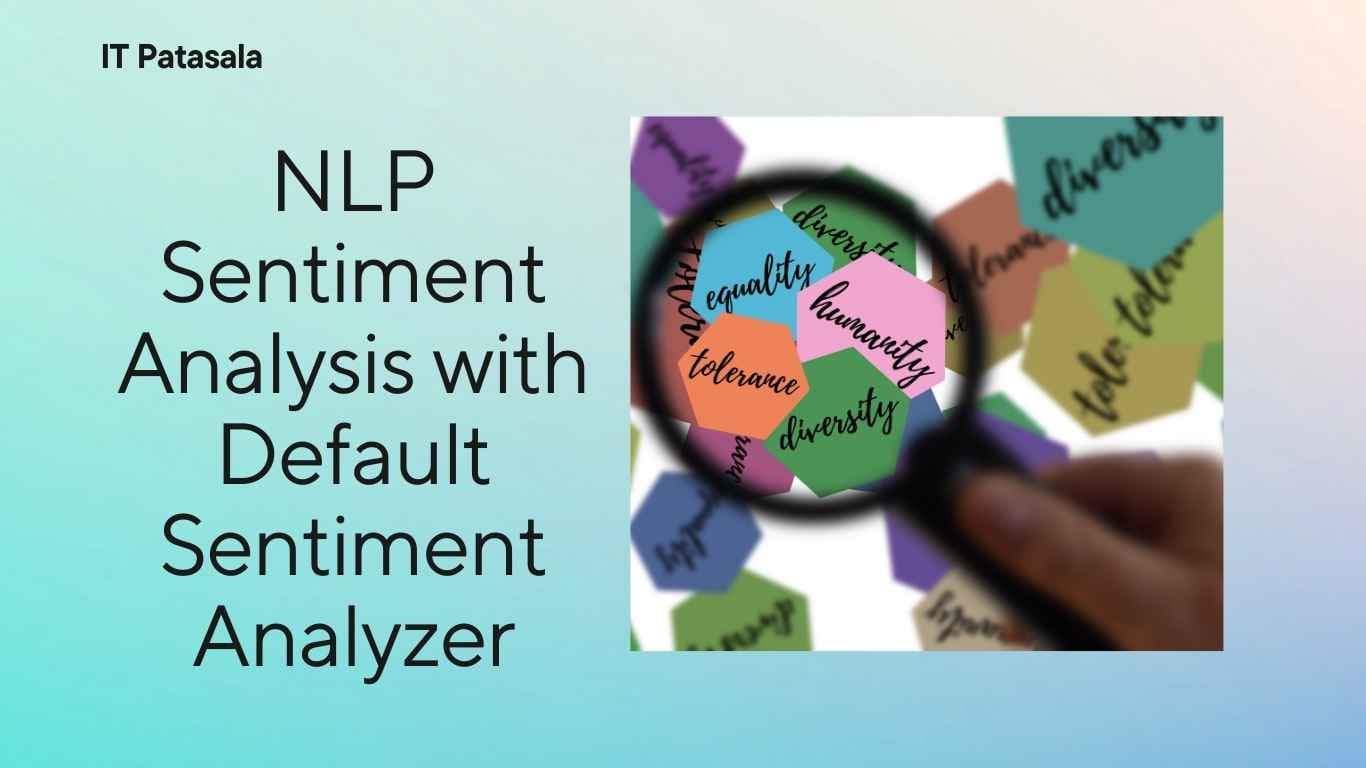Best Guide to AI Research Areas in 2025
AI Research Areas
Introduction to AI Research
Artificial Intelligence (AI) is not just one subject—it is a vast field composed of multiple research areas, each focused on solving unique problems using intelligent computational systems. AI is evolving rapidly, and its applications are transforming industries, from healthcare and finance to transportation and education.
In this article, we’ll explore the top AI research areas, real-world use cases, and how students, beginners, and professionals can get involved in these exciting fields. Whether you want to build the next chatbot, autonomous drone, or an AI that paints art, this guide gives you the in-depth understanding needed to begin your AI journey.
1. Machine Learning (ML)
Machine Learning is the most active and core research area in AI. It focuses on building systems that can learn from data and improve over time without being explicitly programmed.
- Subfields:
- Supervised Learning
- Unsupervised Learning
- Reinforcement Learning
- Semi-supervised Learning
- Real-Time Example:
- Netflix: Uses ML to analyze your viewing history and recommend shows you’re most likely to enjoy.
- Google Maps: Predicts traffic patterns using ML to provide real-time navigation.
- Tools: Scikit-learn, TensorFlow, PyTorch
🎓 Tip for Students: Start by implementing simple projects like spam detection or movie recommendations.
2. Deep Learning
Deep Learning is a subset of machine learning that uses artificial neural networks with many layers (deep networks). It’s widely used in speech recognition, image processing, and autonomous systems.
- Applications:
- Face recognition (Facebook, iPhone)
- Self-driving cars (Tesla, Waymo)
- Language translation (Google Translate)
- Popular Architectures:
- Convolutional Neural Networks (CNNs)
- Recurrent Neural Networks (RNNs)
- Transformers (used in ChatGPT, BERT)
📌 Example: OpenAI’s ChatGPT uses Transformer-based deep learning models for language understanding and generation.
3. Natural Language Processing (NLP)
NLP deals with enabling machines to understand, interpret, and generate human language. This is a critical research area in AI with applications in chatbots, voice assistants, and content summarization.
- Use Cases:
- Customer support bots
- Text-to-speech and speech-to-text systems
- Document summarization and sentiment analysis
- Tools: NLTK, spaCy, Hugging Face Transformers
- Real-Time Example:
- Chatbots like Siri, Alexa, and Google Assistant
- Grammarly uses NLP to suggest grammar corrections.
🧠 Fun Fact: GPT (Generative Pre-trained Transformer) models are trained on massive internet text data to understand human language.
4. Computer Vision
Computer Vision focuses on enabling machines to “see” and interpret visual data like images and videos.
- Applications:
- Object detection in surveillance systems
- Image captioning and classification
- Augmented reality (Snapchat filters, Pokémon Go)
- Technologies:
- OpenCV
- YOLO (You Only Look Once)
- DeepFace by Meta (Facebook)
- Example:
- Google Lens: Uses computer vision to identify plants, translate text, and recognize landmarks using your smartphone camera.
🎯 Beginner Project Idea: Create an image classifier that can identify fruits using TensorFlow and a basic dataset.
5. Robotics and Intelligent Agents
This area combines AI with mechanical systems to build autonomous robots that can interact with the physical world.
- Types:
- Industrial Robots (used in factories)
- Social Robots (used in homes and hospitals)
- Autonomous Drones and Vehicles
- Real-World Use:
- Boston Dynamics robots that walk, jump, and dance.
- Amazon warehouse robots that automate packaging and logistics.
🧪 Learning Tip: Start with simulations using tools like ROS (Robot Operating System) and Gazebo before building physical robots.
6. Reinforcement Learning
In Reinforcement Learning (RL), an agent learns to make decisions by interacting with an environment to maximize cumulative reward.
- Applications:
- Game-playing AI (e.g., AlphaGo, OpenAI Five)
- Dynamic pricing
- Robotics navigation
- Example:
- AlphaGo defeated human Go champions by learning game strategies via deep reinforcement learning.
- Frameworks: OpenAI Gym, Stable Baselines3
🔄 Project Idea: Use RL to train a virtual agent to play a simple game like CartPole or Pong.
7. Expert Systems
Expert systems are AI programs that simulate the decision-making ability of a human expert.
- Structure:
- Knowledge Base: Stores expert-level facts
- Inference Engine: Applies rules to derive conclusions
- Applications:
- Medical diagnosis (MYCIN system)
- Legal case analysis
- Agricultural support systems
📘 Example: A diagnostic tool that suggests treatment based on patient symptoms using rule-based reasoning.
8. Explainable AI (XAI)
Explainable AI aims to make AI systems’ decision-making process transparent and understandable to humans.
- Why It Matters:
- Increases trust in AI
- Helps debug and improve models
- Critical in healthcare, finance, and law
- Techniques:
- LIME (Local Interpretable Model-agnostic Explanations)
- SHAP (SHapley Additive exPlanations)
⚖️ Example: In a loan approval system, XAI can explain why a particular applicant was rejected.
9. AI Ethics and Fairness
AI is powerful, but it can also reinforce bias, discrimination, and raise concerns about privacy, security, and autonomy.
- Research Areas:
- Bias detection and mitigation
- Privacy-preserving machine learning
- Ethical frameworks for AI governance
- Real Issue:
- Face recognition algorithms misidentifying people of color more frequently—a serious concern in law enforcement.
🔒 Suggestion: Always consider ethics when developing or deploying AI systems, especially in sensitive domains.
10. AI in Edge Computing
This emerging research area focuses on deploying AI on edge devices like smartphones, IoT devices, and sensors, reducing the need to send data to centralized servers.
- Advantages:
- Low latency
- Better privacy
- Offline capability
- Use Cases:
- Smart cameras
- Voice assistants on mobile
- Predictive maintenance in industrial IoT
⚙️ Example: AI models running on smartwatches to detect heart abnormalities without cloud access.
11. Multimodal AI
Multimodal AI integrates multiple types of data such as text, images, and audio to build more intelligent, holistic systems.
- Use Cases:
- Video analysis with subtitles
- AI storytelling (text + voice + image)
- Social media moderation
🧠 Example: OpenAI’s CLIP model understands images and text together—useful in search, tagging, and creativity tools.
12. Generative AI
Generative AI focuses on systems that can create new content—images, videos, text, or music.
- Models:
- GANs (Generative Adversarial Networks)
- Diffusion Models
- Transformers (GPT, DALL·E)
- Applications:
- AI art and design (DALL·E)
- Synthetic voiceovers
- Music composition
🎨 Real-Time Use: Canva and Adobe now integrate AI tools to help generate designs, texts, and videos in real time.
13. Cognitive Computing
Inspired by human cognition, this research area aims to build AI that mimics how humans think, reason, and learn.
- Use Cases:
- Virtual tutors
- Adaptive learning systems
- AI in psychology and mental health
🧩 Example: IBM Watson’s cognitive systems help oncologists by reasoning through millions of medical articles to suggest treatments.
How to Get Started in AI Research
For students or aspiring AI enthusiasts:
- Start with Python – Learn the syntax and libraries like NumPy and Pandas.
- Understand the Math – Linear algebra, calculus, probability.
- Take Free Courses – Coursera, edX, Fast.ai
- Join Open Source Projects – Contribute on GitHub.
- Read Research Papers – arXiv.org is a good starting point.
- Follow Thought Leaders – Andrej Karpathy, Yann LeCun, Fei-Fei Li.
Final Thoughts
AI research is one of the most exciting and rapidly evolving fields of our time. From machine learning and deep learning to ethics and cognitive computing, each research area holds the potential to transform industries and improve lives.
Whether you’re a student exploring your first Python script, a developer diving into neural networks, or simply curious about how smart systems work—understanding these research areas is the first step toward building the future with AI.
Also read these




